
There she is! My beautiful red Cuisinart ice cream maker. My mouth is watering just looking at it.
I made two desserts this weekend: Blueberry Ice Cream and Blueberry Sorbet.
Ingredients
Blueberry Sorbet
1 1/4 cup sugar
1 cup water
1 quart blueberries
4 tbsp fresh lemon juice
Blueberry Ice Cream
1 pint blueberries
3 tbsp fresh lemon juice
1 cup sugar, divided
1 cup whole milk
2 cups heavy cream
1 tsp vanilla extract
Follow manufacturer’s instructions on how to prepare your ice cream maker. If making these two desserts one after another, begin with Blueberry Sorbet, to keep the sorbet dairy-free.

Blueberry Sorbet
1. Boil sugar and water in a medium saucepan. Reduce heat and simmer without stirring until sugar is completely dissolved. Transfer to a bowl and cool completely.
2. Macerate the blueberries with lemon juice.
3. Add blueberry mixture to the sugar/water bowl and let it chill for an hour.
4. Churn the mixture in an ice cream maker for at least 30 minutes or until thickened into a soft-serve consistency.
5. Freeze for at least 2 hours if a firmer sorbet is desired.
Blueberry Ice Cream
1. Macerate the blueberries with lemon juice and 1/3 cup sugar. Let it sit for 2 hours.
2. In a medium bowl, whisk together milk and remaining sugar until the sugar is dissolved. Stir in heavy cream and vanilla.
3. Churn the mixture in an ice cream maker for at least 30 minutes or until thickened into a soft serve consistency.
4. Add the blueberry mixture during the last 5 minutes of churning.
5. Freeze for at least 2 hours if a firmer consistency is desired.

My husband wanted to eat his sorbet before it was frozen so he used it as a topping on a slice of my fresh baked bread. It was kind of weird to me, a bit heartier than I like my desserts, but he liked it, so what the hey! I’m happy if he’s happy! 😀


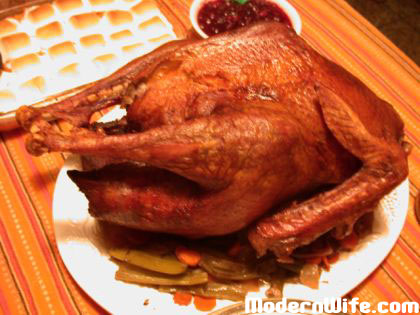

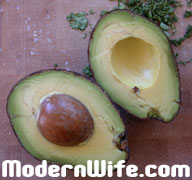 The avocado is one of my favorite fruits. Avocado is packed with nutrients such as folate, potassium, vitamin E and lutein. When in season during the summer months, avocados are always on my weekly grocery list.
The avocado is one of my favorite fruits. Avocado is packed with nutrients such as folate, potassium, vitamin E and lutein. When in season during the summer months, avocados are always on my weekly grocery list. First Solid Food for Baby
First Solid Food for Baby I immerse the flat half of the avocado seed in water, pointed end upwards, and set it on a sunny spot in the kitchen. I’ve made the mistake once of setting it outdoors and the squirrels ate it! Change the water every couple of days, and you may be surprised with some sprouts! When the sprouts are well formed, plant in potting soil with the tip of the seed peeking above the soil surface. Put the plant out on a sunny area, perhaps on a spot the squirrels can’t dig up. Keep the soil fairly moist and with good drainage.
I immerse the flat half of the avocado seed in water, pointed end upwards, and set it on a sunny spot in the kitchen. I’ve made the mistake once of setting it outdoors and the squirrels ate it! Change the water every couple of days, and you may be surprised with some sprouts! When the sprouts are well formed, plant in potting soil with the tip of the seed peeking above the soil surface. Put the plant out on a sunny area, perhaps on a spot the squirrels can’t dig up. Keep the soil fairly moist and with good drainage.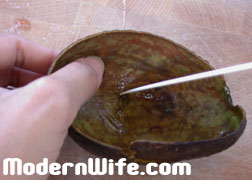 First scrub and wash the inside of the avocado skin until it is clean. Working on a chopping block with the inside of the avocado skin facing you, cut out a couple of eyes, a nose and a mouth. Keep it simple or get creative. Don’t expect it to look like much at first, because the avocado skin needs to dry in the sun for a few days before it shrivels and curls into the gnarly shape of a shrunken head.
First scrub and wash the inside of the avocado skin until it is clean. Working on a chopping block with the inside of the avocado skin facing you, cut out a couple of eyes, a nose and a mouth. Keep it simple or get creative. Don’t expect it to look like much at first, because the avocado skin needs to dry in the sun for a few days before it shrivels and curls into the gnarly shape of a shrunken head.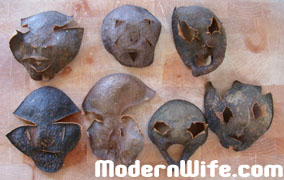



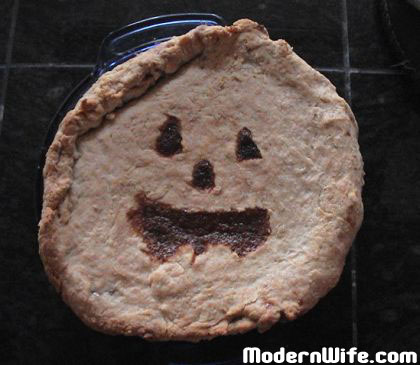

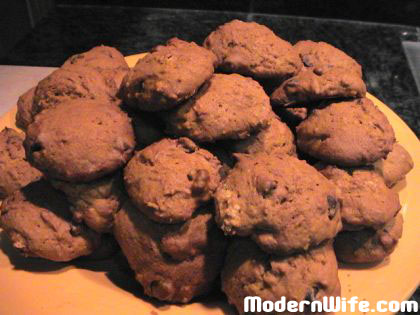
 Ingredients:
Ingredients: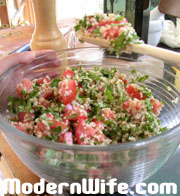

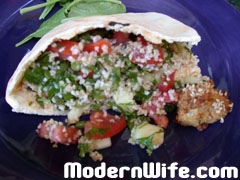 Falafel is conventionally deep fried in oil. I prefer baking it for a lighter, low fat version of this Mediterranean classic.
Falafel is conventionally deep fried in oil. I prefer baking it for a lighter, low fat version of this Mediterranean classic.